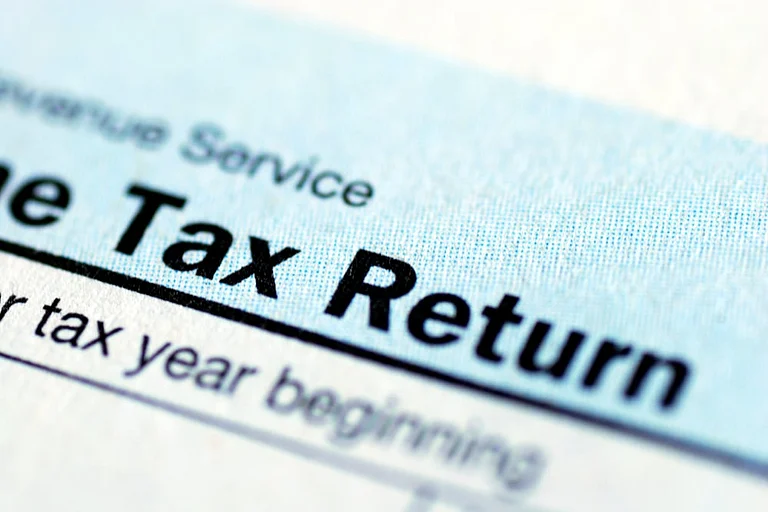The Central Board of Direct Taxes (CBDT) has rolled out the new ITR-2 form for the financial year 2024-25 via notification issued on May 5. For most salaried taxpayers, pensioners, and individuals with capital gains or multiple sources of income, this is the form they will be working with.
At first glance, not much would seem out of place, however, there are several important updates, some of which could impact how lakhs of taxpayers file this year. These changes will likely alter how individuals go about disclosing their income, deductions, and capital gains.
But before this, let's understand who needs to use ITR-2.
If you are a salaried individual or pensioner who earns income from more than one house property or capital gains from shares, mutual funds, or property sales, this is your go-to form. The form can also be used by NRIs, RNORs, company directors, and those holding assets abroad or investing in unlisted companies.
Even if your income is mainly from salary or pension, you will need to shift from ITR-1 to ITR-2 if your income crosses Rs 50 lakh, or if you meet any of the above conditions.
Interestingly, individuals earning up to Rs 1.25 lakh in long-term capital gains from listed equity can now disclose that under ITR-1, however, anything beyond that, and you are required to file ITR-2.
Changes In Capital Gains
One of the most significant changes in the new form is how capital gains are to be reported. Starting this year, the taxpayers will need to specify whether your asset was sold before or after July 23, 2024. For instance, if you have sold land or a building after that date, you can now choose between being taxed at 20 per cent with indexation or at 12.5 per cent without it. That choice could significantly affect your tax bill.
Another change involves the treatment of unlisted bonds and debentures. Depending on when you sell them, they will now be taxed either as short-term or long-term capital gains, simplifying earlier confusion around these instruments.
Share Buybacks: New Relief, But With Conditions
In a move that will come as a relief to retail investors, capital losses from share buybacks can now be claimed, provided the buyback happens on or after October 1, 2024, and the deemed dividend income is reported under "income from other sources."
This wasn't allowed before, so investors who lost money on buybacks had to swallow the loss without any offset.
Asset Disclosure Threshold Raised
Until now, if your total income exceeded Rs 50 lakh, you were required to fill out Schedule AL, which details all your assets and liabilities. This year, that threshold has been bumped up to Rs 1 crore. This could be a welcome change, particularly for upper-middle-income taxpayers who felt overburdened by paperwork they didn't feel was relevant to their income bracket.
Mandatory Section Codes for TDS
Another small but significant update in the ITR-2 form is regarding TDS (Tax Deducted at Source) reporting.
Now, while reporting TDS you will now need to mention which section it was deducted under, such as 194C for contracts or 194J for professional fees. Previously, it was enough just to state the amount and who deducted it. The new format will help the Income Tax Department cross-verify more accurately, but it also means you'll need to be more meticulous when filling in details.
Detailed Deductions and Foreign Disclosures
Taxpayers will be asked for more specifics this year under Section 80 deductions, 80C, 80D, 80CCD, and even HRA under 10(13A). The dropdowns and exact formats will become clearer once the filing utility goes live, but expect to input more than just a lump-sum figure.
Those with overseas assets or income must pay special attention to Schedules FA and FSI. Disclosures related to foreign bank accounts, mutual funds, and income from abroad often trip up filers, and missing even a small detail here could lead to a notice.
Also new this year is mandatory reporting for Virtual Digital Assets (VDAs)—like crypto and NFTs—on a per-transaction basis in Schedule VDA. These will continue to be taxed at a flat 30 per cent under Section 115BBH.
High-value filers also need to disclose Legal Entity Identifiers (LEIs) for specified transactions. While this doesn't affect most individuals, HNIs and those involved in corporate dealings will need to be more vigilant.
What are the common mistakes you should avoid?
Taxpayers might, sometimes, overlook income from interest, minor children's earnings, or even forget to report small foreign holdings.
It is important to take care of these details since they might trigger scrutiny from the tax department.
While the updates in ITR-2 may seem minor at first, they are meant to bring in more clarity and precision in tax filings. Moreover, taxpayers need to be more careful in filing out their ITRs this year.
















